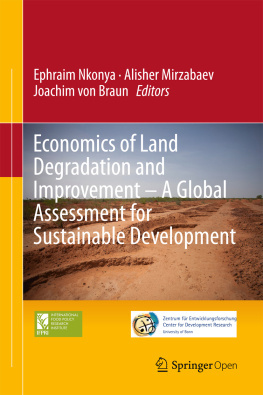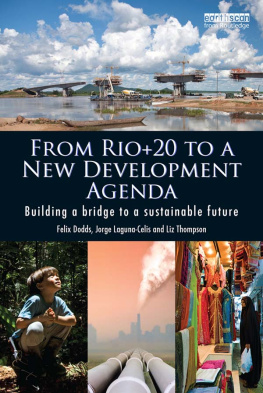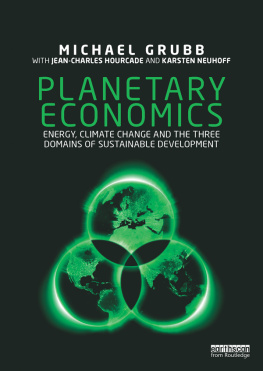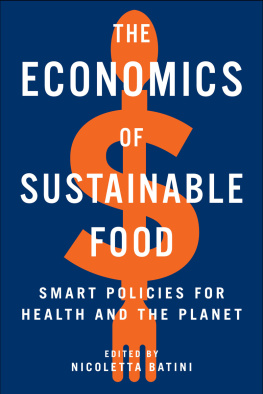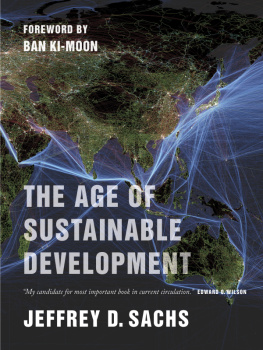1. Economics of Land Degradation and Improvement: An Introduction and Overview
Abstract
Land degradation is occurring in almost all terrestrial biomes and agro-ecologies, in both low and high income countries. However its impact is especially severe on the livelihoods of the poor who heavily depend on natural resources. Despite the severe impact of land degradation on the poor and the crucial role that land plays in human welfare and development, investments in sustainable land management (SLM) are low, especially in developing countries. This chapter summarizes the results from global and regional levels as well as 12 case study countries. The chapter also draws conclusions and implications for taking action against land degradation. Land degradation stretches to about 30 % of the total global land area and about three billion people reside in degraded lands. The annual global cost of land degradation due to land use/cover change (LUCC) and using land degrading management practices on static cropland and grazing land is about 300 billion USD. Sub-Saharan Africa (SSA) accounts for the largest share (22 %) of the total global cost of land degradation. Only about 46 % of the cost of land degradation due to LUCCwhich accounts for 78 % of the US$300 billion lossis borne by land users and the remaining share (54 %) is borne by consumers of ecosystem services off the farm. This further illustrates that land degradation is a global problem even though its impact is much greater on poor land users. The cost of taking action against land degradation is much lower than the cost of inaction and the returns to taking action are high. On average, one US dollar investment into restoration of degraded land returns five US dollars. This provides a strong incentive for taking action against land degradation. This study shows that simultaneously enhancing local and national level governments, land tenure security, and improving market access is the most effective strategy for addressing land degradation. Given that LUCC accounts for the largest share of cost of land degradation, t here is a need for developing land use planning that will ensure that forests and other high value biomes are effectively protected. Empirical evidence has shown that involvement of local communities in managing forests and other high value biomes and creating mechanisms for them to directly benefit from their conservation efforts lead to more effective protection than is the case with centralized protection. The assessment in this volume is being conducted at a time when there is an elevated interest in private land investments and when global efforts to achieve sustainable development objectives have intensified. This means, results of this volume will contribute significantly to the ongoing policy debate and efforts to design strategies for achieving sustainable development goals and other efforts to address land degradation and halt biodiversity loss.
Land Degradation : A Global Problem
Sustainable land use and protection of soils play a key role in food, climate, and human security (Lal ). For this reason, the human management of soil resources will have wide-ranging consequences on human security for generations to come.
Already, sharp acceleration in environmental pollution and natural resource degradation over the past century has led to a higher recognition of the importance of sustainable development, including the first global landmark eventthe Human Environment Conference in Stockholm in 1972 (World Bank ).
Crucially in this context, the livelihoods of the majority of the rural poor depend on land (Nachtergaele et al. ). In particular, investments and incentives for sustainable land use and for prevention of land and soil degradation are presently inadequate and would need to be substantially increased in order to eradicate poverty and enhance food security in the world.
Why Economics of Land Degradation and Improvement
Given the above, the research presented in this book has been conducted with the objective to strengthen the foundations of ecological and economic knowledge that may stimulate putting sustainability of land and soils appropriately on the political agendas. These studies at global, regional and national levels evaluate the costs of land degradation and benefits of sustainable land management. They also identify the drivers of land degradation in order to devise polices to address them. Using case studies helps analyze in more detail the aspects of land degradation that cannot be captured using global or regional-level data, especially due to the diverse nature and process of land degradation under different biophysical and socio-economic characteristics at the local levels. A total of 12 country-level case studies were conducted for more detailed analyses of the costs and drivers of land degradation. The case study countries were carefully selected to be globally representative for major biophysical and socio-economic characteristics. They account for 43 % of the global population and 28 % of the land area.
The second objective of the volume is to provide empirical evidence and information to help the global community to take action against land degradation and its impacts on human wellbeing. The third objective of the study is to develop analytical approaches and generate data that could be used to conduct regular assessment of land degradation and improvement at global, regional, country and local levels.
The analytical methods are presented in a manner to allow their applications across disciplines and by researchers and practitioners with varying needs and capacities. The study covers two major categories of land degradation: namely, long-term loss of value of land ecosystem services due to land use and cover change (LUCC) and the use of land degrading management practices on cropland and grazing lands that do not experience LUCC. The six major biomes covered include forest, shrublands, grasslands, cropland, barren land, and woodlands and they accounted for about 86 % of global land area in 2001 (NASA ).
The broad research questions covered in this book include:
What are the appropriate and practical methods for global assessment of land degradation and improvement?
What are the global and regional extent and severity of land degradation and opportunities for improvement?
What are the key drivers of land degradation across typical socio-ecological regions of the world?
What are the economic, social and environmental costs of land degradation and net benefits resulting from taking actions against degradation compared to inaction?
What are the feasible policy and development strategies that enable and catalyze sustainable land management (SLM) actions?
The book makes two major new contributions. Firstly, it develops a conceptual framework to guide economic assessments of land degradation using the Millennium Ecosystem Assessment (MEA ) are consistently applied through comparable national case studies. Implementation of such harmonized case studies allows drawing more generalizable conclusions about the costs and drivers of land degradation. Most previous studies on economics of land degradationwhile insightful locallyare much less comparable since they use different methods and approaches, and thus do not add up to a global picture.

